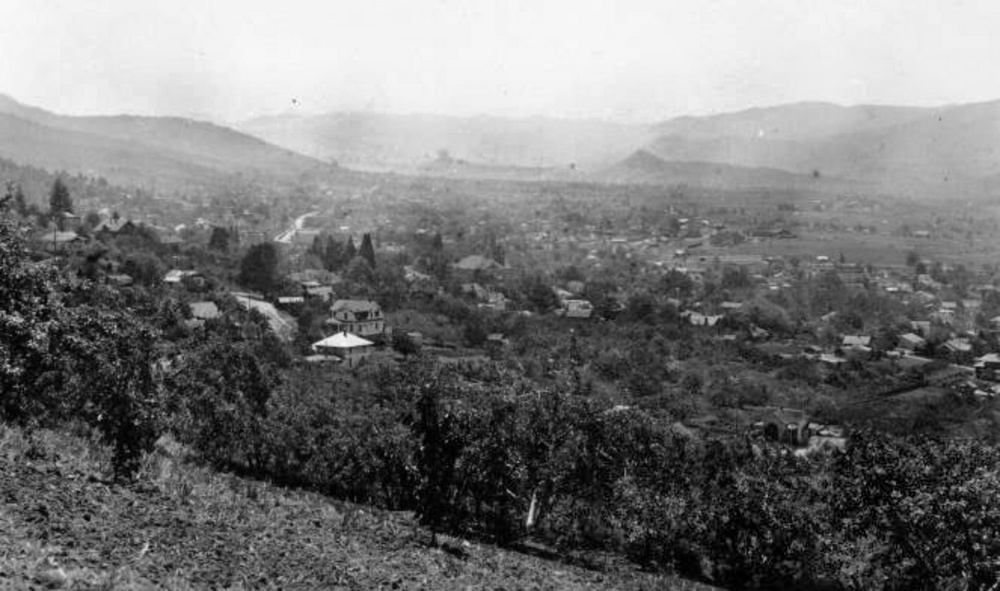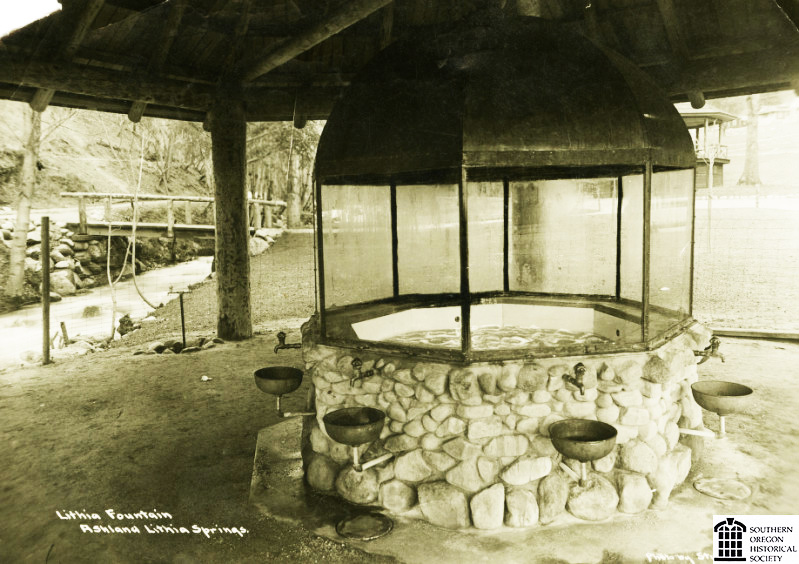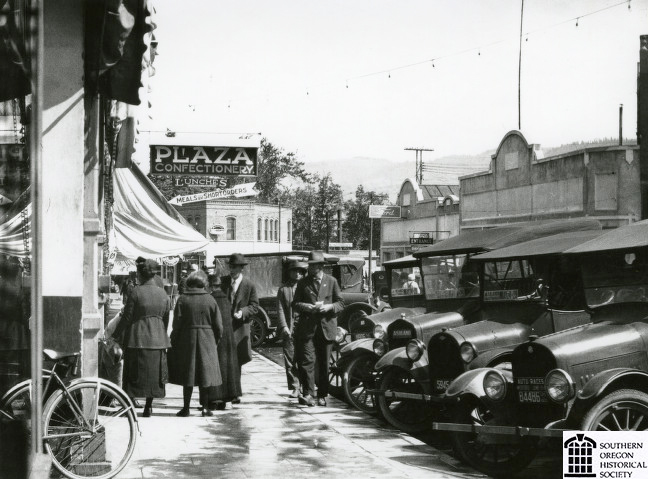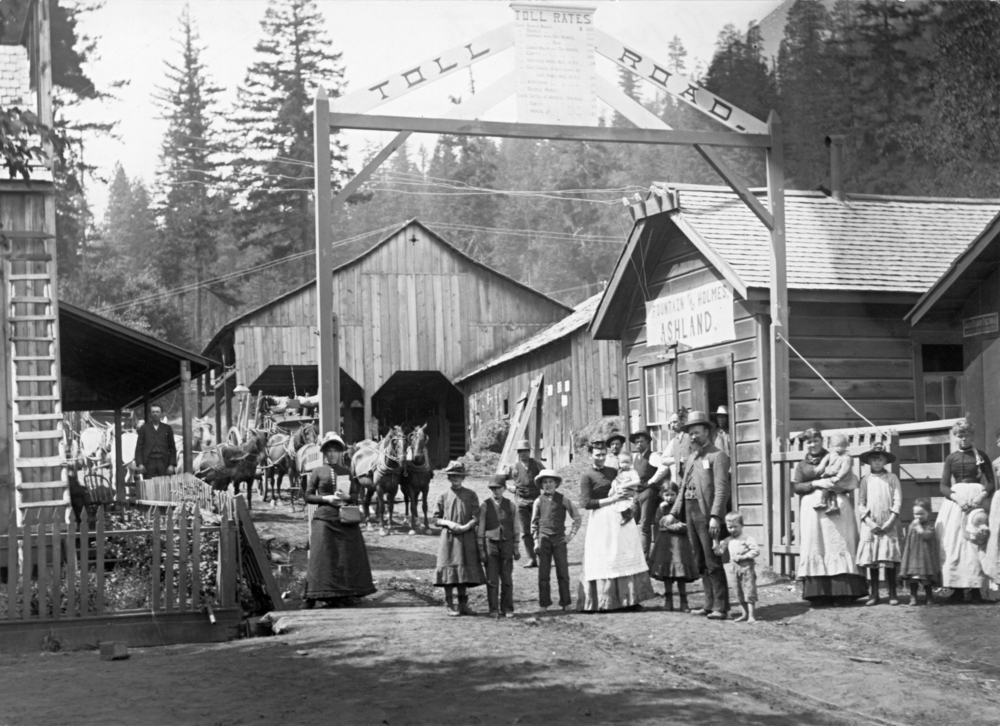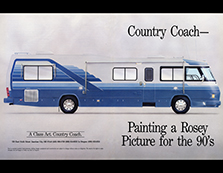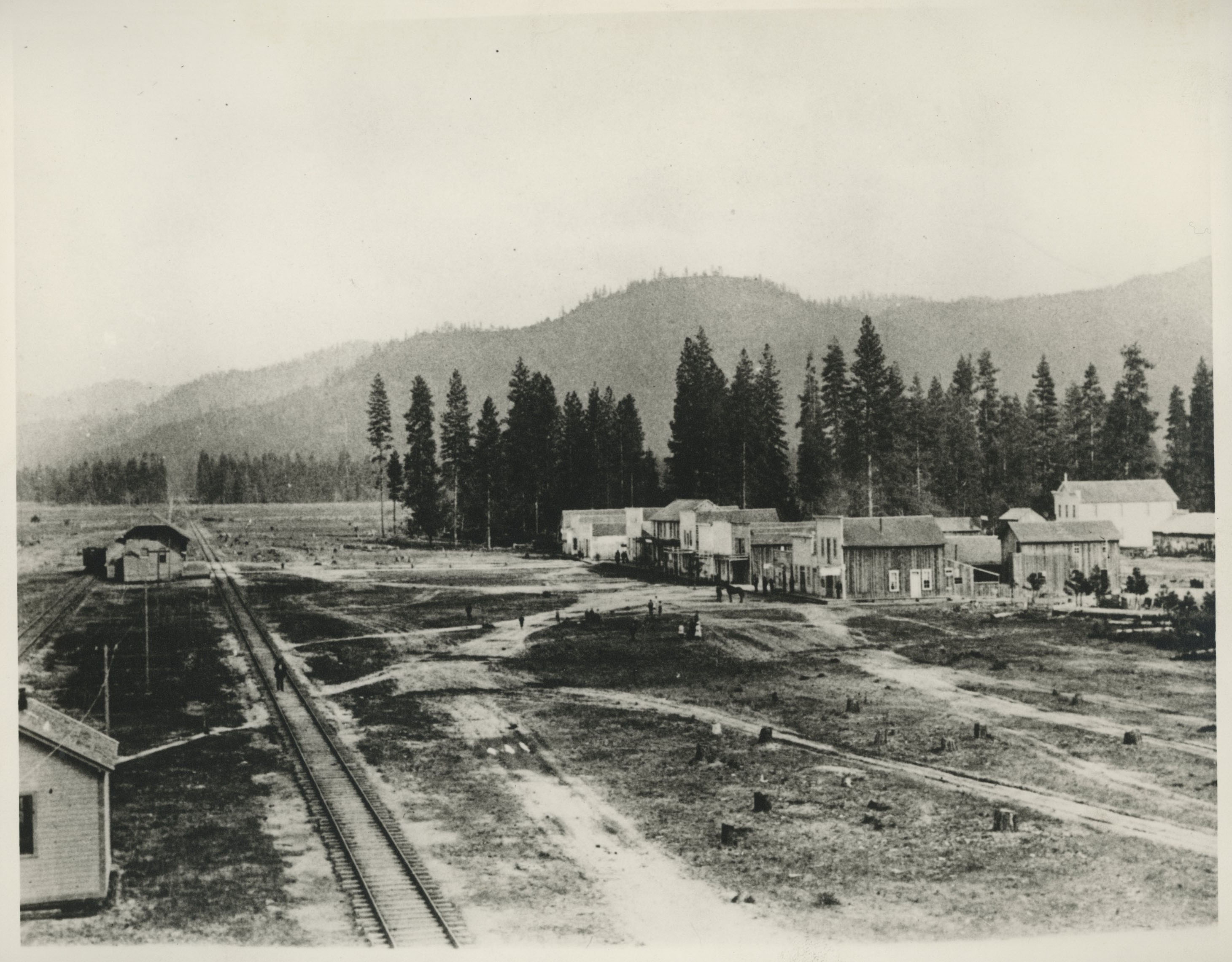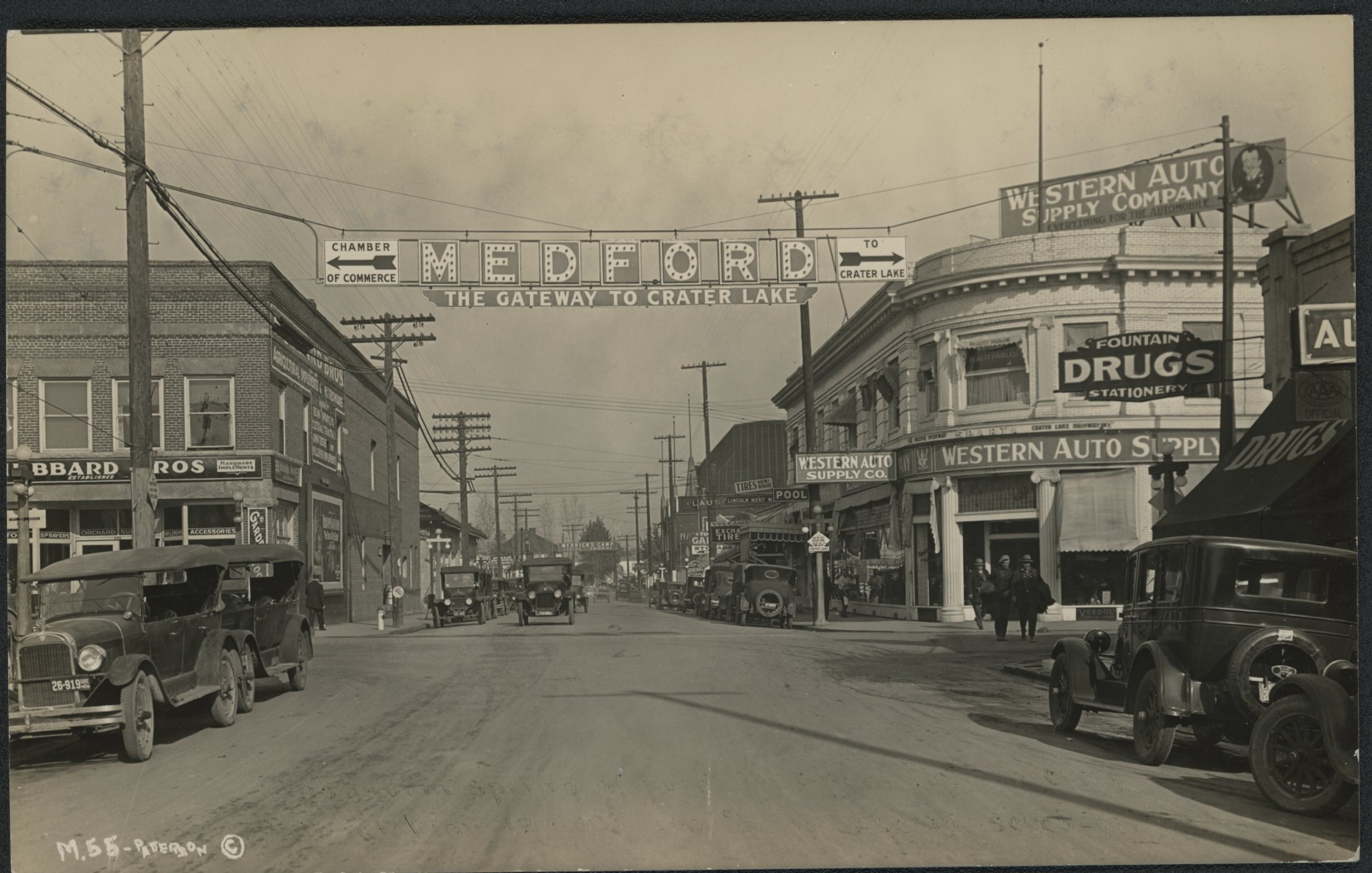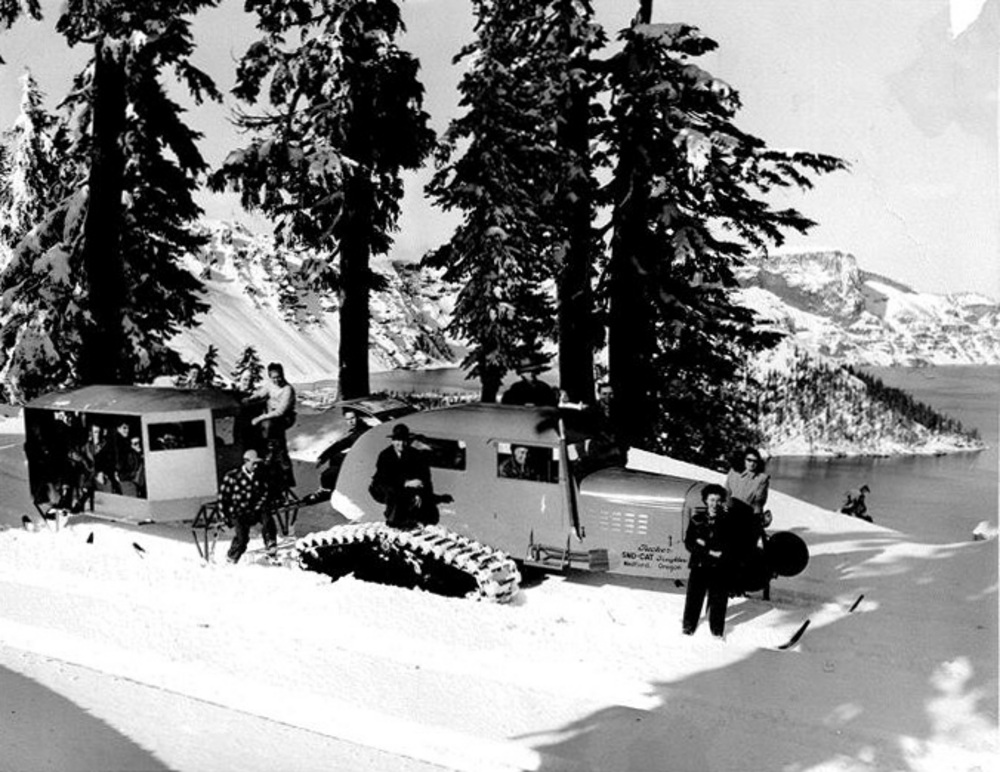Lithia Motors in Ashland began in 1946 with a Chrysler-Plymouth-Dodge car dealership founded by Walter DeBoer. Today, it is a Fortune 700 company whose growth is a case study in how a small business becomes a national leader in an industry.
Named after the area's Lithia Springs and located in Ashland's downtown Plaza, the dealership sold just fourteen vehicles in its first year. When Walt DeBoer was struck by a car and killed in the fall of 1968, his oldest son Sid, who had been working in the dealership since 1964, took over the business. Sid DeBoer, then in his twenties, moved the dealership to nearby Medford and recruited Chrysler sales representative Dick Heimann, who joined Lithia in May 1970.
Over time, DeBoer and Heimann established a base of southern Oregon dealerships in Medford and Grants Pass. The Medford expansion came at a time when that city’s downtown was evolving, allowing Lithia to make strategic real estate purchases that in turn helped shape the downtown renewal.
As it grew, Lithia Motors diversified with additional franchises, which allowed dealers to offer more than one brand at the same store. The company also added finance, warranty and credit insurance services, parts and maintenance, and collision repair. More importantly, Lithia standardized business, advertising, and sales practices and cut costs. By the 1990s, the company had developed a strategy to grow by purchasing and improving underperforming car dealerships throughout the western United States.
In December 1996, Lithia Motors, Inc., became a public offering on the NASDAQ market, trading at $11 per share. The 1996 initial public offering raised $25 million for expansion, and the following decade was one of rapid growth for the company. Lithia Motors grew to over 40 stores by 2000 and to over 100 by 2007, almost all of them west of the Mississippi. The company established an especially strong presence in Texas.
The decade from 1996 to 2006 was a period of expansion for the auto industry. To position itself within the trillion-dollar sector, Lithia continued to standardize the operations of new acquisitions, diversify franchises, and make plans to brand Internet sales and a used-car network. In 2008, Lithia Motors was eighth on the Automotive News ranking of the top 125 U.S. dealership groups.
In 2007, Lithia’s sales and revenues reached $3.2 billion, with a workforce of over 6,000 employees. As the auto industry experienced troubled times, the company moved to slow its growth and restructure operations to reduce staff and debt.
-
![]()
Ashland, 1935.
Oreg. State Univ. Archives, Walter S. Brown Photo Coll., P274
-
![Lithia water fountain in Lithia Park, about 1913-1920.]()
Ashland, Lithia Park, water fountain.
Lithia water fountain in Lithia Park, about 1913-1920. Southern Oreg. Hist. Soc., SOHS01i_2177
-
![]()
Ashland Plaza, c. 1925.
Southern Oreg. Hist. Soc., SOHS01i_7647
Related Entries
-
![Ashland]()
Ashland
Ashland, a city of 21,360 people in Jackson County, is situated in the …
-
![Country Coach]()
Country Coach
The Oregon RV (recreational vehicle) industry has its beginning in 1968…
-
![Grants Pass]()
Grants Pass
Located on the Rogue River about thirty miles northwest of Medford, Gra…
-
![Medford]()
Medford
Medford, the county seat of Jackson County, was platted in 1883 in the …
-
![Tucker Sno-Cat®]()
Tucker Sno-Cat®
When Emmitt Tucker was a young boy in northwest Jackson County, he walk…
Map This on the Oregon History WayFinder
The Oregon History Wayfinder is an interactive map that identifies significant places, people, and events in Oregon history.
Further Reading
Brooks, Oakley. "Art of the deal: How Lithia Motors bought its way across the West and became the nation's eighth-largest car retailer." Oregon Business, April 2006.
Roscoe, Michael. "Sid DeBoer & Dick Heimann, Lithia Motors." The Auto Channel. http://www.theautochannel.com/mania/industry/dealeronline/issues/coverstorymay2000.html

